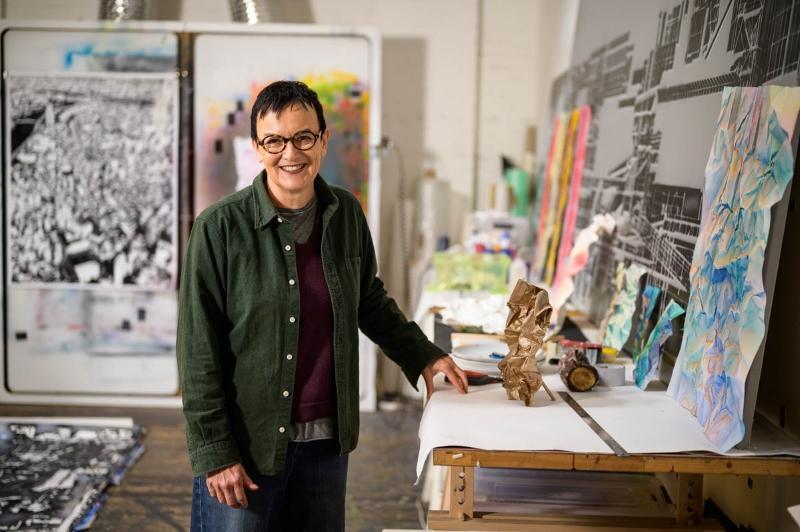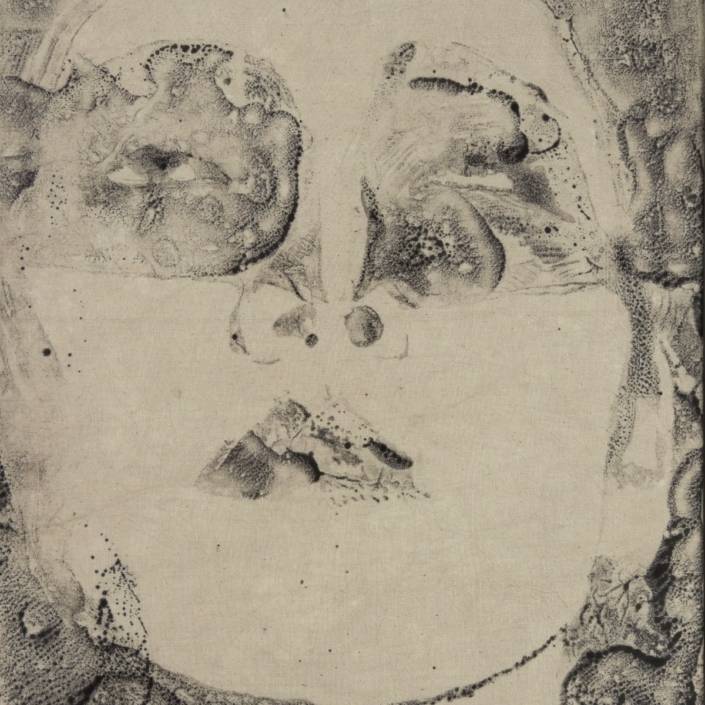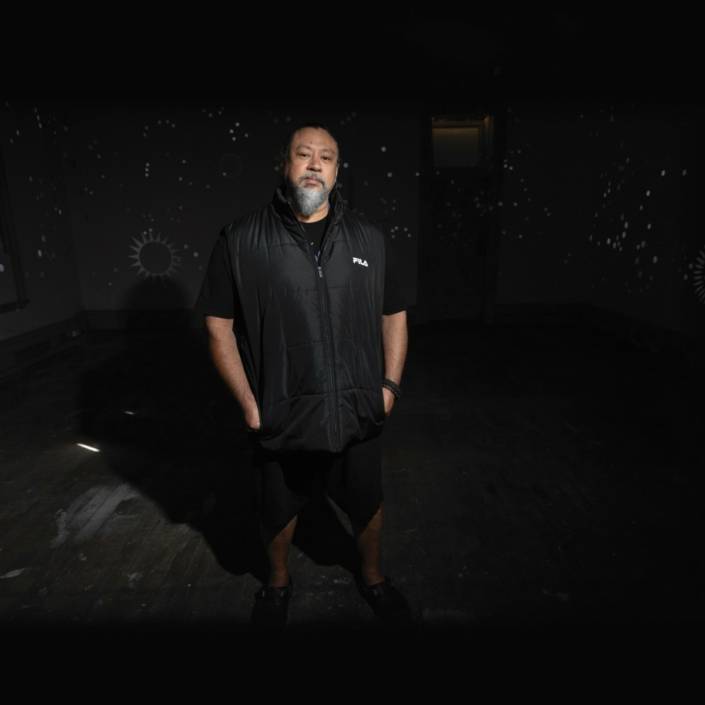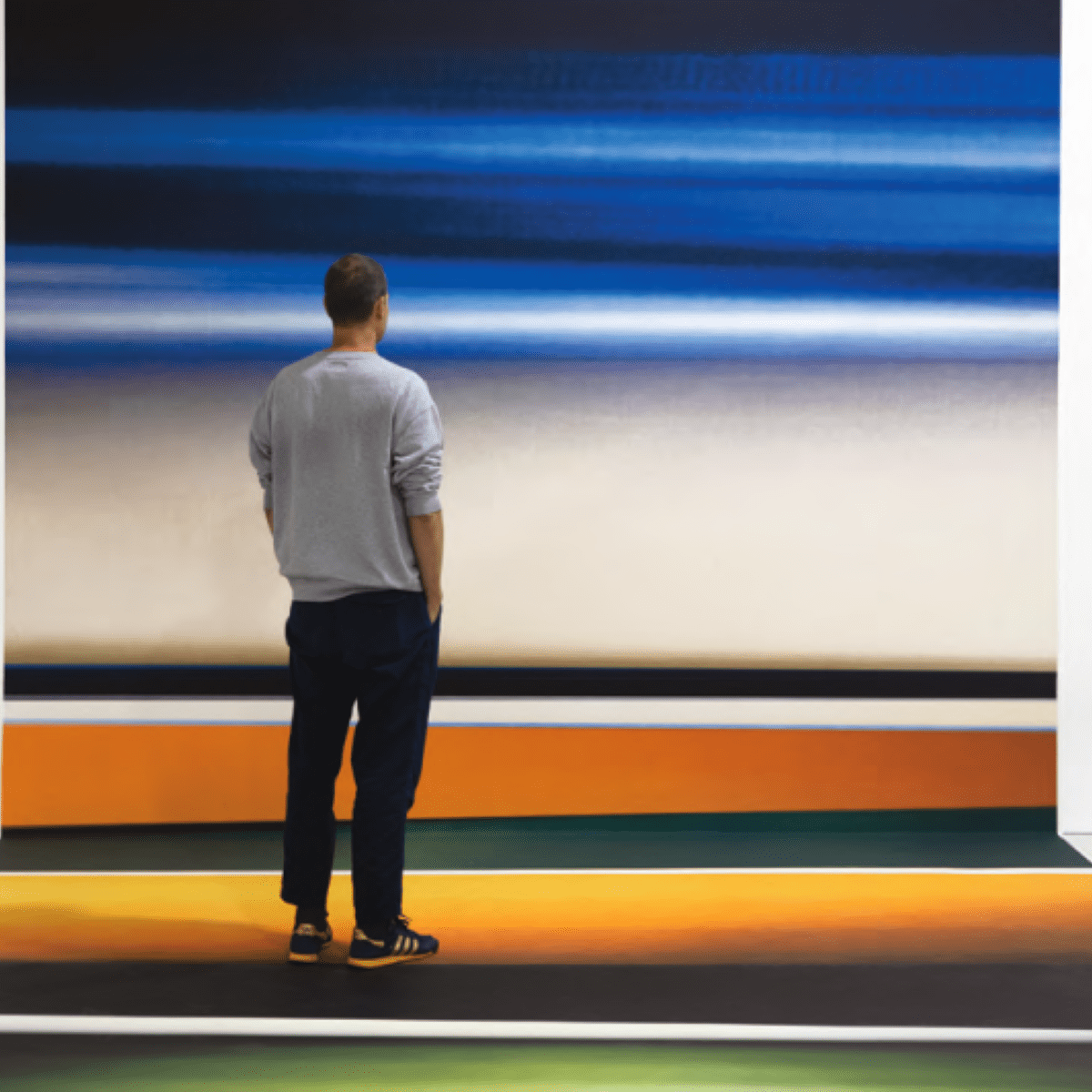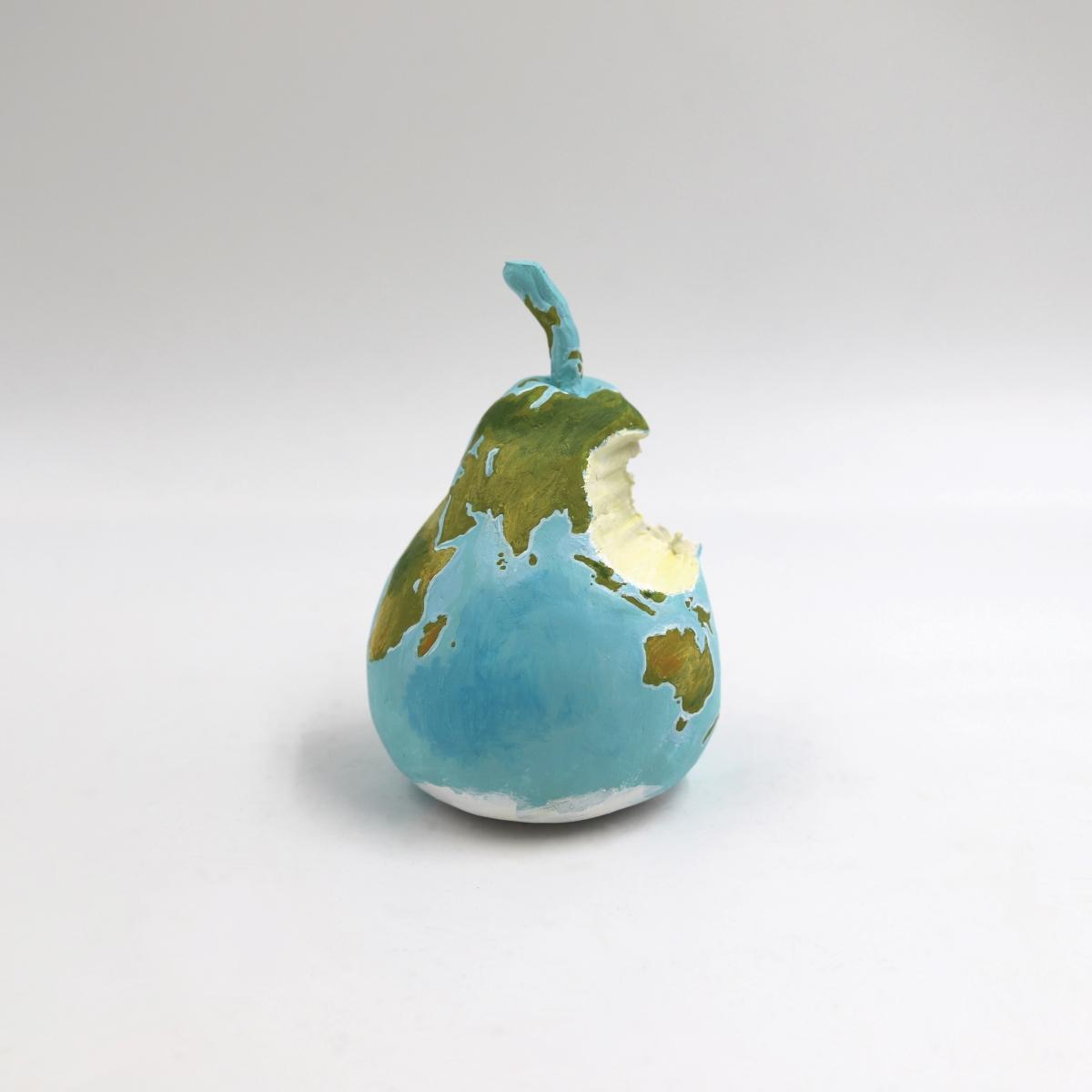New Directions: Louise Forthun
Artists who have recently taken their practice somewhere different.
Words: Louise Martin-Chew
Life in Melbourne shifted on its axis in 2020- 21, with the pandemic giving Victorians, in particular, some years of physical restrictions. In this uncertain atmosphere of isolation and separation Louise Forthun made a radical departure from her own artistic past. She spent time experimenting, moving away from her stencilled, cityscape paintings to create seemingly ephemeral forms in paper. These objects have now been transformed into bronze sculpture. Their solidity is a visual conundrum – their evolution from crumpled paper to bronze replicas is a visual sense of holding the air taut.
Forthun was already in the mood for change when she travelled to Japan in early 2020. “I was doing automatic drawing with brush and ink,” she says. “Even though they’re very different to the more controlled stencilled layering of aerial cities, they’re connected; the drawings are a loose open aerial view of cities.” Covid and stay at home directions coincided with her return to Melbourne, and she had time without deadlines.
In a forthcoming book on this new series of work, Forthun describes her method of crushing, folding and pressing paper into tight forms which become almost flat and crumpled when released. They are “an intriguing set of folds and patterns which communicated a variety of imagined landforms and structures reminiscent of topographical views,” she says. Bronze sculpting specialist Meridian Sculpture gave her advice about the lost-wax technique to translate these fragile paper forms into exact replicas in bronze. Her use of spray paint assisted her to transfer iridescent colours onto the paper sculptures; to complete the bronzes, some are painted, waxed, or patinated.
These new technical challenges and skills gained in recent years have energised Forthun’s practice; she sees a relationship between the three-dimensional work and her paintings of city views as a reflection of the fragility and strength of cities. “The crushed and folded paper works and the more solid, pleated and crinkled sculptures are little essences of the wider city panorama.”
To date, 15 of these sculptures have been produced in sizes from A3 to A5 with significant collector interest. Exhibited at the RACV City Club in A Sense of Place and in the The Cave at City of Melbourne’s Library at the Dock (both 2022), their innovative form has been widely celebrated.
Featured image: Artist Louise Forthun. Photo: Rob Blackburn and Christian Capurro.
This article was originally published in Art Collector issue 103, January-March 2023.

